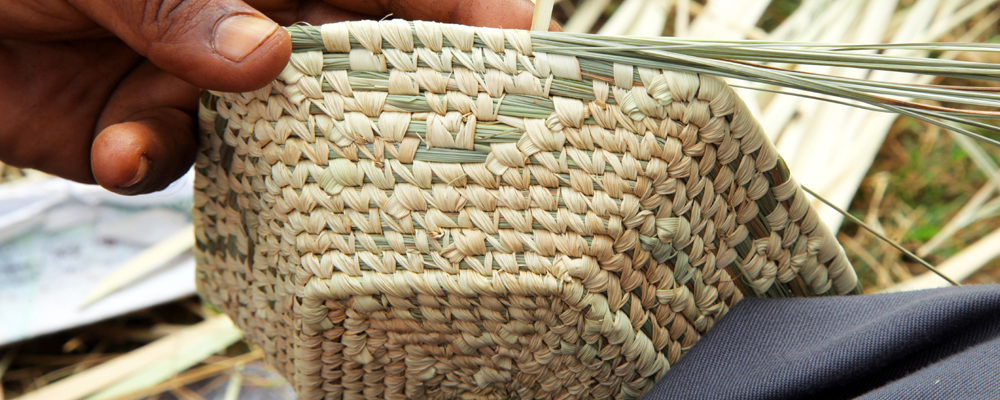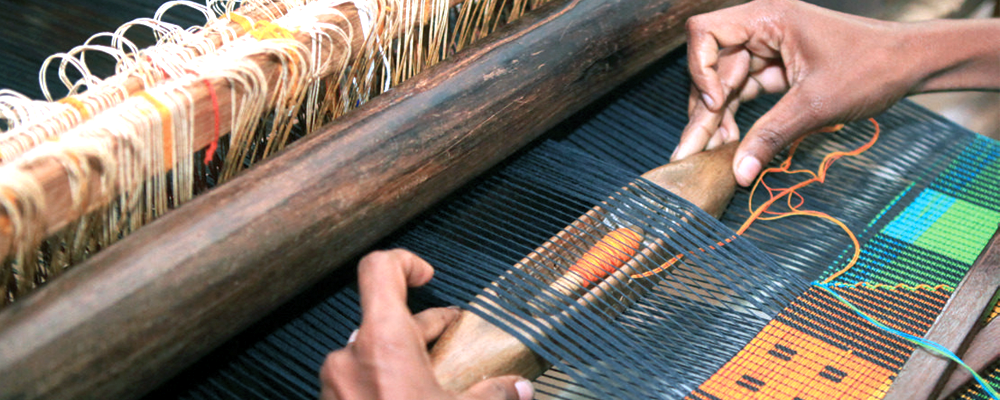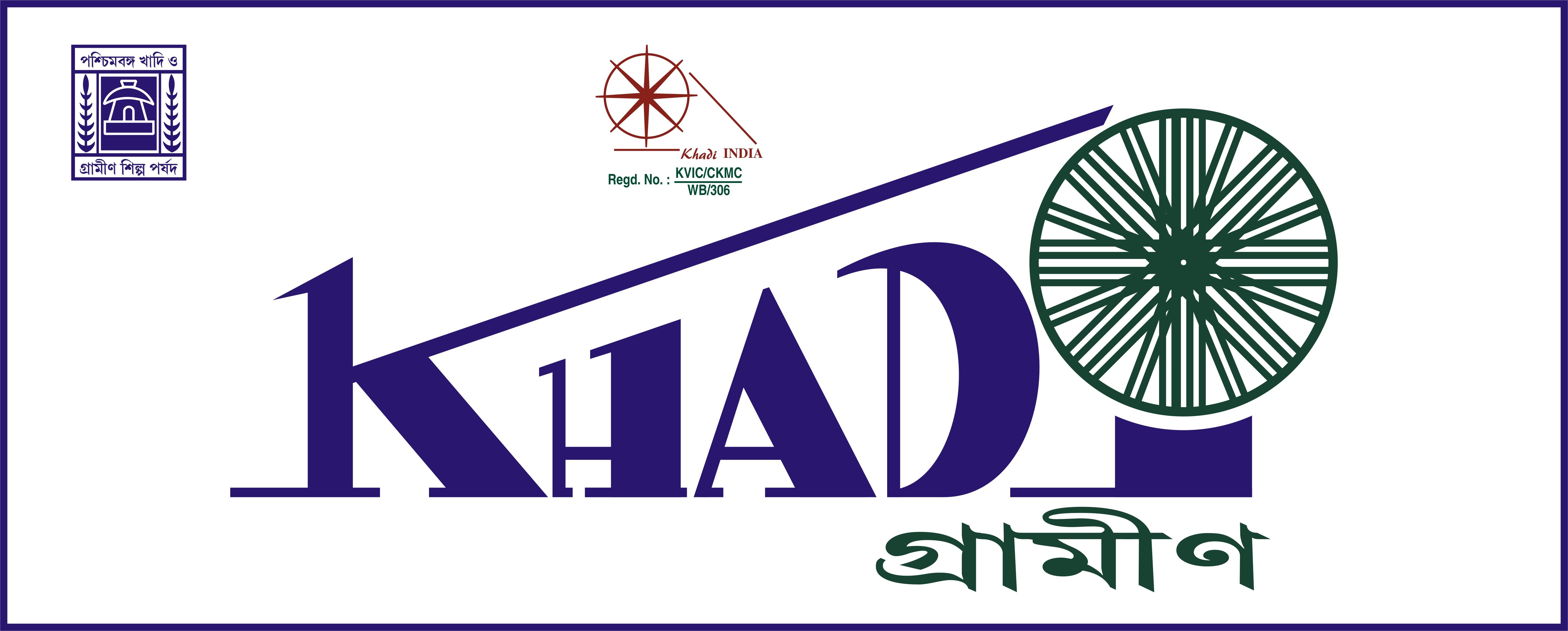Public–private partnership (PPP) describes a government service or private business venture which is funded and operated through a partnership of government and one or more private sector companies. These schemes are sometimes referred to as PPP, P3 or P3.
PPP involves a contract between a public sector authority and a private party, in which the private party provides a public service or project and assumes substantial financial, technical and operational risk in the project. In some types of PPP, the cost of using the service is borne exclusively by the users of the service and not by the taxpayer.[1] In other types (notably the private finance initiative), capital investment is made by the private sector on the basis of a contract with government to provide agreed services and the cost of providing the service is borne wholly or in part by the government. Government contributions to a PPP may also be in kind (notably the transfer of existing assets). In projects that are aimed at creating public goods like in the infrastructure sector, the government may provide a capital subsidy in the form of a one-time grant, so as to make it more attractive to the private investors. In some other cases, the government may support the project by providing revenue subsidies, including tax breaks or by removing guaranteed annual revenues for a fixed time period.
- Hits: 2845


















